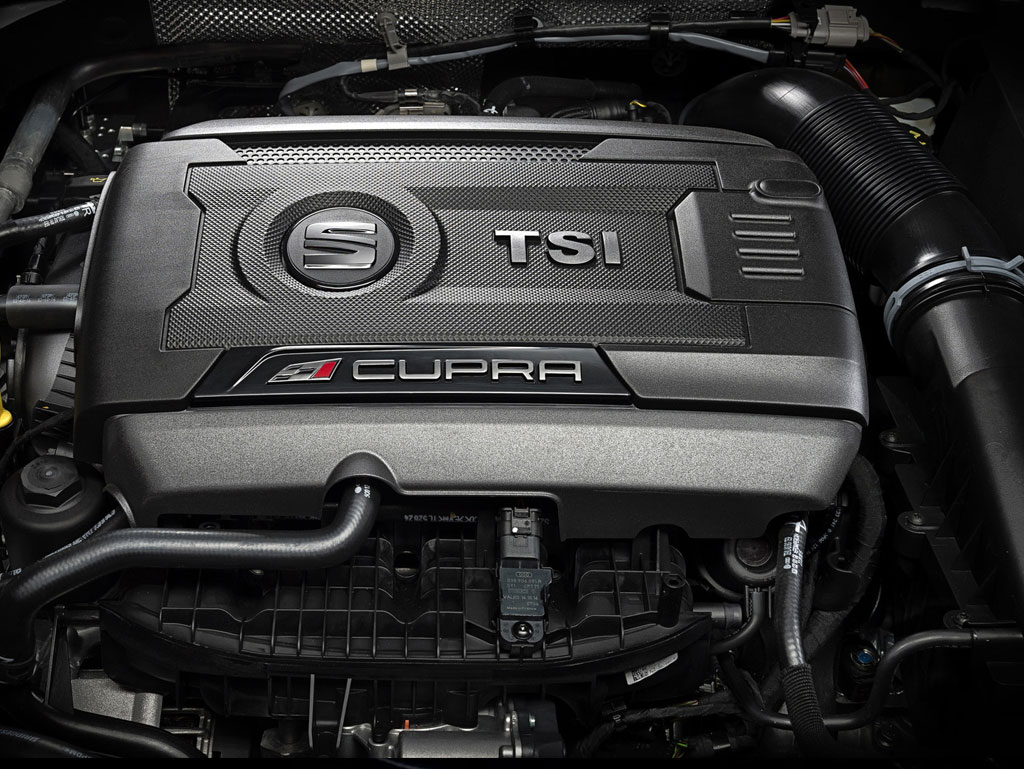Audi is a brand that blends cutting-edge technology with precision engineering. From the Quattro drivetrain system to digital cockpit displays and adaptive cruise control, the complexity of today’s Audi vehicles is unmatched. While these innovations enhance performance and safety, they also make diagnostics a critical part of ongoing maintenance. For drivers searching for Audi Diagnostics Hertfordshire, understanding what advanced vehicle diagnostics entails can make all the difference.
Every modern Audi is equipped with dozens of interconnected control units that manage everything from engine performance to braking, lighting, and comfort systems. These modules communicate via a CAN (Controller Area Network) bus and generate data continuously. When something isn’t working as intended, the system flags a fault code and may trigger a warning light on the dashboard. But for many issues especially intermittent faults there may be no visible sign. That’s where diagnostics come in.
Proper diagnostics require more than a standard OBD-II scanner. Audi-specific diagnostic platforms like ODIS (Offboard Diagnostic Information System) or VCDS (VAG-COM Diagnostic System) are essential for reading manufacturer-specific codes, accessing hidden modules, and carrying out service functions. These tools can communicate with every electronic component of the vehicle, including systems not accessible by generic scanners.
The diagnostic process usually begins with a full-system scan. This captures all active and stored fault codes across the car’s network. These codes offer initial clues, but they rarely tell the full story. Interpreting them correctly involves experience, knowledge of known model-specific issues, and the ability to cross-reference symptoms with real-time data.
One of the most valuable features of professional diagnostics is live data streaming. Technicians can view how individual components are performing in real-time. For example, they can check airflow readings, fuel pressure, or transmission behavior under load. This helps identify parts that are functioning just below acceptable thresholds issues that would otherwise go unnoticed until they cause major problems.
Diagnostics are also essential for resolving electrical issues, which are common in modern vehicles. A flickering headlight, a malfunctioning parking sensor, or a non-responsive infotainment system could all stem from faulty wiring, corroded connectors, or failing modules. Advanced diagnostics allow technicians to isolate the source efficiently, reducing time and cost compared to trial-and-error methods.
Software updates and coding changes are another vital part of the diagnostic process. Audi frequently releases updates to improve vehicle performance, fix known bugs, or enhance system compatibility. Without the right diagnostic tools, these updates cannot be applied. In addition, many components must be “coded” to the vehicle after installation such as new batteries, headlights, or control modules. This ensures they work seamlessly with existing systems.
For hybrid and electric Audi models like the Q4 e-tron or A6 TFSIe, diagnostics are even more critical. These vehicles rely heavily on electronic control for battery management, charging systems, electric motors, and thermal regulation. Diagnosing issues in such systems requires not only special tools but also high-voltage safety training and the ability to interpret unfamiliar fault parameters.
Suspension-related faults also benefit from diagnostics. Many Audi models feature air suspension, electronic damping control, or adaptive ride height systems. If the vehicle is leaning, bouncing, or sitting too high or low, diagnostics can pinpoint the cause whether it’s a faulty level sensor, a leaking airbag, or a failing compressor.
The braking system is another example. Audi’s advanced braking technologies like ABS, ESC, and auto-hold use sensors and actuators that must be calibrated precisely. A diagnostic session can reveal uneven pressure distribution, failing ABS sensors, or software anomalies that affect performance and safety.
Even simple features like climate control rely on diagnostic input. If the cabin isn’t cooling or heating as expected, diagnostics can check for blend door actuator faults, pressure sensor data, and communication errors between the HVAC unit and the control panel.
One key benefit of diagnostics is early detection. Some faults, such as increased emissions or delayed gear shifts, develop gradually. Regular diagnostic scans can catch these early, allowing preventative repairs that avoid breakdowns and save money in the long run. This is especially useful for fleet vehicles or high-mileage users who want to maximise reliability.
For buyers considering a used Audi, diagnostics provide valuable insight. A full scan can reveal whether mileage corrections have been made, if modules have been replaced, or if the car has a hidden accident history. This helps avoid costly mistakes and supports more informed decisions.
Diagnostics also play an important role in adaptation and resets. After replacing parts like throttle bodies, EGR valves, or transmission solenoids, the system may need to relearn its settings. Using diagnostics, technicians can guide the vehicle through adaptation procedures, ensuring smoother operation post-repair.
Another overlooked area is system readiness checks. These are essential for passing MOT inspections and emission testing. Diagnostics confirm whether all systems have completed their internal tests, which is required for a valid inspection report.
Audi’s use of technology isn’t just for performance it also enhances user experience. MMI infotainment systems, virtual cockpits, ambient lighting, and advanced keyless entry systems are all electronically controlled. When these stop working or behave erratically, diagnostics help avoid unnecessary part swapping by confirming the real issue.
A less obvious but critical component of diagnostics is the experience of the technician. Tools alone aren’t enough. Many faults mimic each other, and only a technician familiar with Audi’s architecture can accurately determine the root cause. For instance, a stalling engine might be linked to a fuel pressure sensor or a camshaft position signal diagnosing the right issue the first time avoids wasted time and cost.
In recent years, remote diagnostics have also become more common. Some workshops offer cloud-based services where your Audi’s fault data can be uploaded and analysed remotely by specialists. This offers another layer of efficiency and access to wider expertise.
Ultimately, diagnostics are no longer just for fixing problems they are part of ongoing care. Routine scans help maintain system health, identify wear before it becomes damage, and ensure your Audi stays compatible with future upgrades or legal compliance.
For anyone considering Audi Diagnostics Hertfordshire, the key is not just to find someone who can read codes, but to find a service that understands the complete diagnostic process tools, training, interpretation, and application. With vehicles becoming more advanced every year, proper diagnostics ensure your car stays safe, efficient, and enjoyable to drive.




